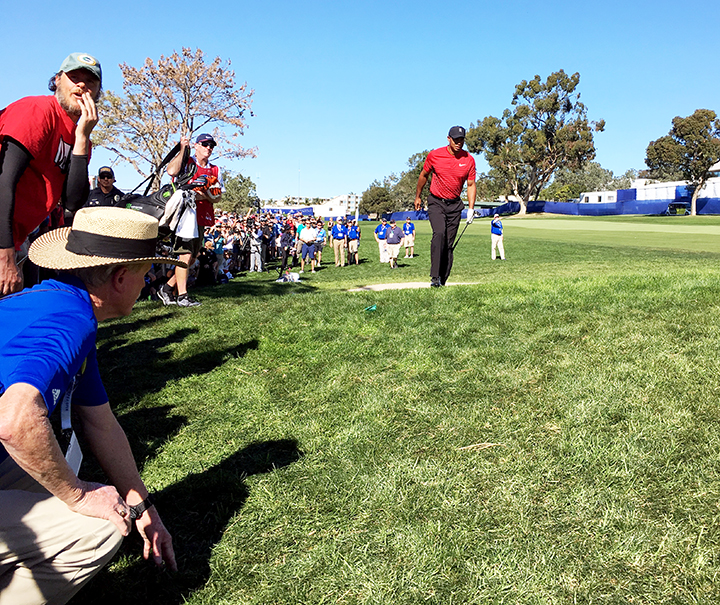
Once again, I spent five days in late January at Torrey Pines Golf Course working as a “hole captain” during the Farmers Insurance Open. It was my 6th year as a volunteer marshal, 3rd year as a hole captain, and 1st year on the 9th hole on the South Course (9S).
As a hole captain in 2016 and 2017, I had been assigned to a 214-yard par-3 hole on the north course and oversaw a crew of 4 marshals. At 614 yards, 9S is 400 yards longer and “my crew” consisted of 19 marshals, swelling to 27 on the weekend, as we were joined by marshals who had worked North #9. (Both courses are used in the pro-am and before the cut, with the final two rounds taking place only on the South Course.)
This year, as you might infer, was harder. It was more difficult physically and more complicated logistically. The job of a hole captain is to help make the experience of each marshal as pleasant and satisfying as possible. You make sure they get lunch, that they have bathroom breaks, that they get to do different jobs on the hole, etc. You also train them, give advice, answer questions. Seven of my 19 marshals were rookies, their first time as a marshal.

The physical aspect of 9S that is challenging for a hole captain, as well as for any golfer on the hole, is its length. As a golf challenge, it is not difficult for any reason other than distance. As hole captain, I walked around to each marshal’s post all day. The app on my iPhone reported that on Wednesday, the first day and the pro-am, I took 16,091 steps, covering 6.4 miles, and climbed the equivalent of 15 floors. Numbers were lower in subsequent days, but, in total for the 5 days, I took 56,072 steps, covered 21.8 miles, and climbed 42 floors.
When I wasn’t walking, I was standing. I would estimate that, over the course of the 5 days at the hole, 8-10 hours each day, I sat for a total of less than 30 minutes. This, I guess, is my annual workout.
As with other events at which one works, the focus is more on the immediate, “little” things than the overall event. Marshals seek to manage the fans, providing golfers with quiet and space to do their job well. We also aim to make the experience enjoyable for fans as well, usually by trying to manage those fans who are loud and obnoxious.
The big difference this year was, surprise, Tiger. For marshals, it was not due to his golf, but because his return to golf and to this tournament attracted people. Crowds were not large overall on Thursday and Friday, though his crowd was much larger than anyone else’s. Even though he was not in contention on the weekend (he barely made the cut), the number of people following him was larger than that following Phil Michelson and the leaders’ threesomes combined.
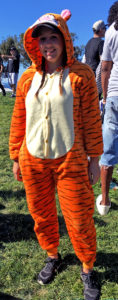
But it’s not just the number of people. There are many people who follow Tiger because they want to see him play golf. There are many other people who follow him because of his celebrity. Those people do not seem to care about the etiquette of golf, or much about etiquette at all.
I was not present at the time, but at #9 North on Friday, Tiger’s errant tee shot resulted in a situation that made the local news. His drive went into a section “outside the ropes” and amongst the crowd. Fans surrounded the ball and, despite the efforts of 7 marshals and 4 San Diego police officers, no one would move to permit Tiger to play his next shot. They only moved when Tiger’s caddy shouted out that Tiger would not continue play until everyone moved to the other side of a cart path.
On Saturday, he was to finish his round on our hole, having started on #10. As it would happen later in the day, it would mean maximum crowd. Adjacent to the area where most drives land on 9S, the space for people on the right side of the fairway was narrow, because of fencing around a corporate tent. If Tiger hit one outside the ropes there, we foresaw calamity. As his arrival at the hole approached, more than 20 marshals from holes that had finished regular duties, arrived at 9S to help. I basically just asked them to be a “command presence” alongside the ropes in the landing area. They would also add to the number of marshals and other personnel who could help control the crowd, if we had to move them.
Standing in the fairway awaiting Tiger’s drive, I watched the marshal whose job was to indicate the direction of the drive. His paddle was straight up, Tiger hit, and the paddle then moved up and down repeatedly, indicating straight. Drive landed in the fairway. Problem avoided.
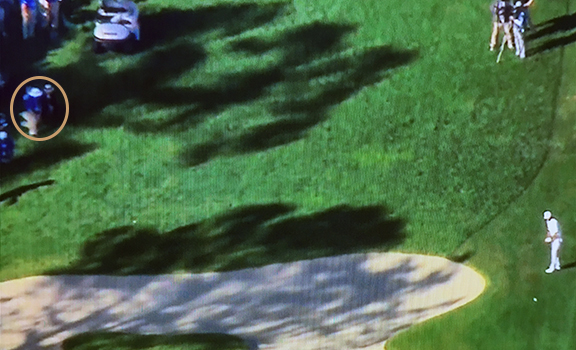
Sunday was the start of a heat wave, and it also featured Santa Ana winds, the hot, dry, strong winds from the interior. Because a couple of marshals were taken from my hole for other duties, I spent the day on the right side, at the landing area for drives (just about the same spot as in the photo above). Over the course of the day, 7 or 8 golfers’ drives were pushed by winds over the fence around the corporate tent. As marshals, we were to report the fact to the golfer as he arrived and secure a place where he could get a free drop and make his next shot. A PGA rules official would arrive and ask us to confirm the drive had gone over the fence and to indicate about where it had done so. Then we stopped people walking from either direction toward the spot and cleared an area for the shot.
The tournament ended in a tie between Jason Day and Alex Noren. They played five playoff holes Sunday, remaining tied, before darkness forced postponement. Focused on “my job” and really looking forward to getting home, I had left and was unaware of the situation until the next morning when I picked up the paper in my driveway. (Is that old-fashioned or what?) I watched the playoff on TV a little while later and saw Day win by two strokes on the first hole.
This year’s experience was distinctive. More difficult, more intense. In some respects, more interesting. I won’t be a rookie on this hole next year, so I look forward to it all again. Here’s a gallery of images, a mix of screenshots from television and my photos.

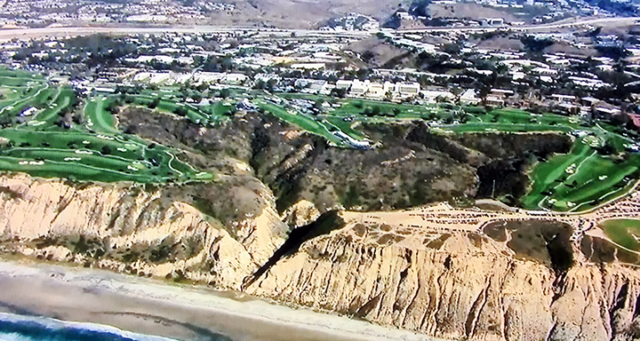
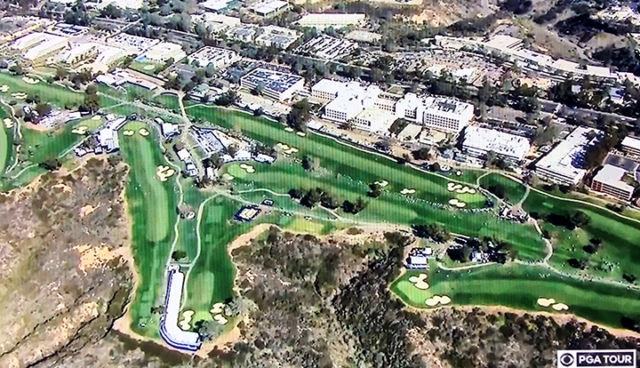
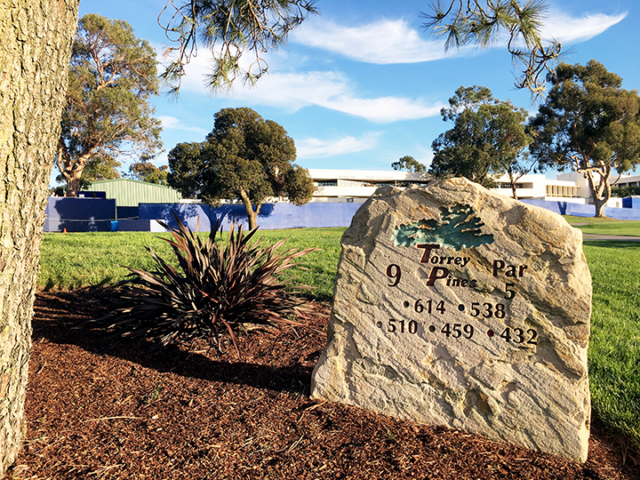
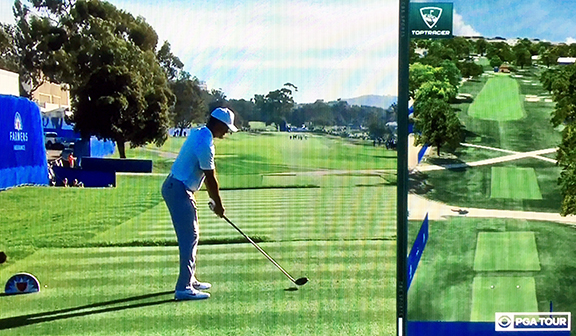
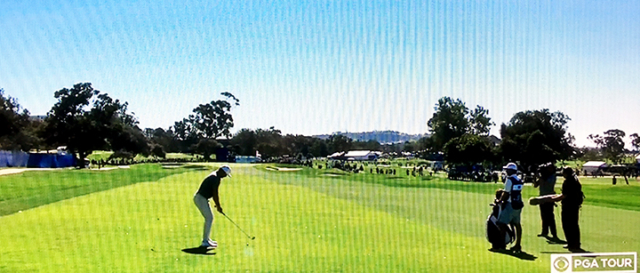
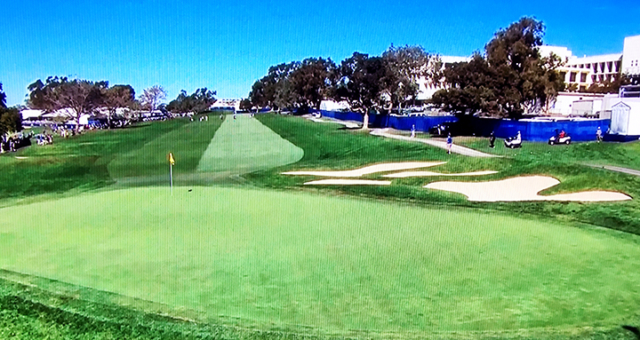
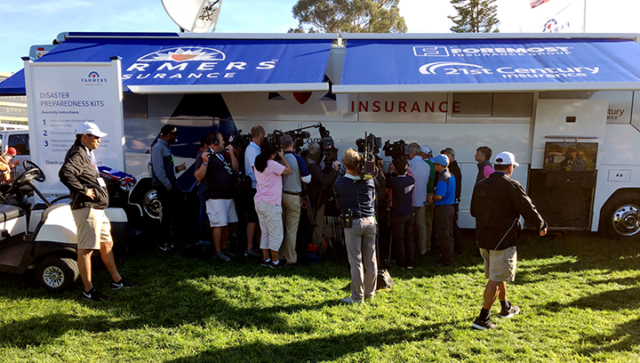
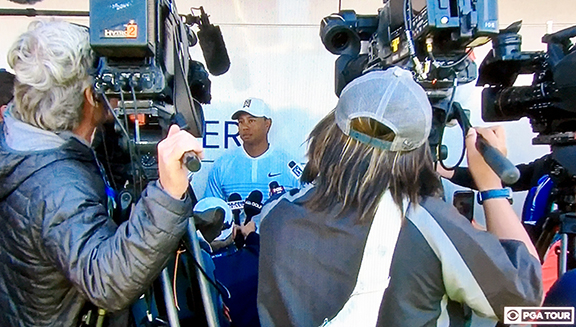
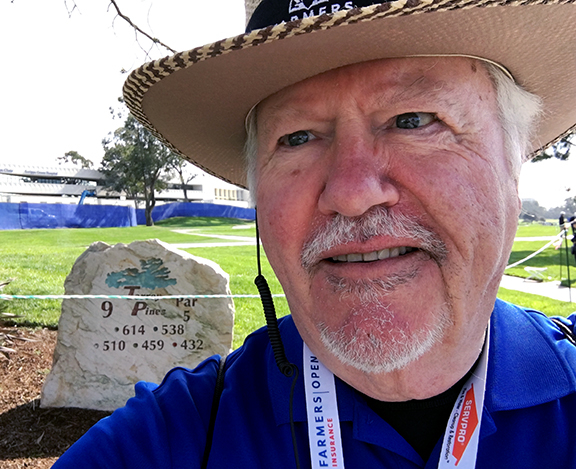
Fun! Love reading about your SoCal adventures!